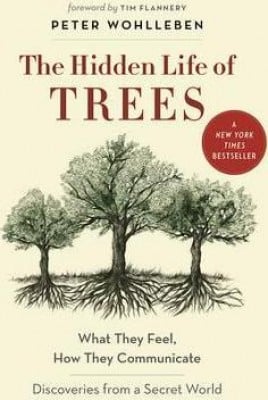



Wohlleben: One thing is that mother trees suckle their children, they feed the young tree just enough sugars produced by its own photosynthesis to keep it from dying. But we are now learning that individuals of a species are actually working together, they are cooperating with one another.Į360: How exactly do trees cooperate with one another? As a forester, I learned that trees are competitors that struggle against each other for light, for space. Wohlleben: We all learn in school that evolution advances by pitting each individual against every other in the struggle for survival. I also started reading the latest scientific research that began to present me with a new picture of trees as highly sensitive and social beings. I had to learn from the people of the community where my forest is located how to take a closer look at trees, to see them as unique individuals. But the problem is I was still thinking of trees as a commodity, as something to sell, not as living beings. I visited some other districts that were operating in an eco-friendly way, and I thought, that’s the way woods should be managed. I thought- “Wait, I am someone who wants to protect nature, and here I am being asked to destroy it!” As a young forester I was told to make clear-cuts, to use insecticides, and so on. Peter Wohlleben: Forestry students are taught how to harvest wood, what machines to use, how to sharpen the blade of a chainsaw, how to sell the timber, what price to expect - that’s about it. Yale Environment 360: You write in your book: “When I began my life as a forester, I knew as much about the hidden life of trees as a butcher knows about animals.” He has been criticized for anthropomorphizing trees, but Wohlleben, 52, maintains that to succeed in preserving our forests in a rapidly warming world, we must start to look at trees in an entirely different light. In an interview with Yale Environment 360, Wohlleben, author of The Hidden Life of Trees, discusses how trees are sophisticated organisms that live in families, support their sick neighbors, and have the capacity to make decisions and fight off predators.


 0 kommentar(er)
0 kommentar(er)
